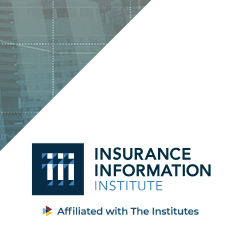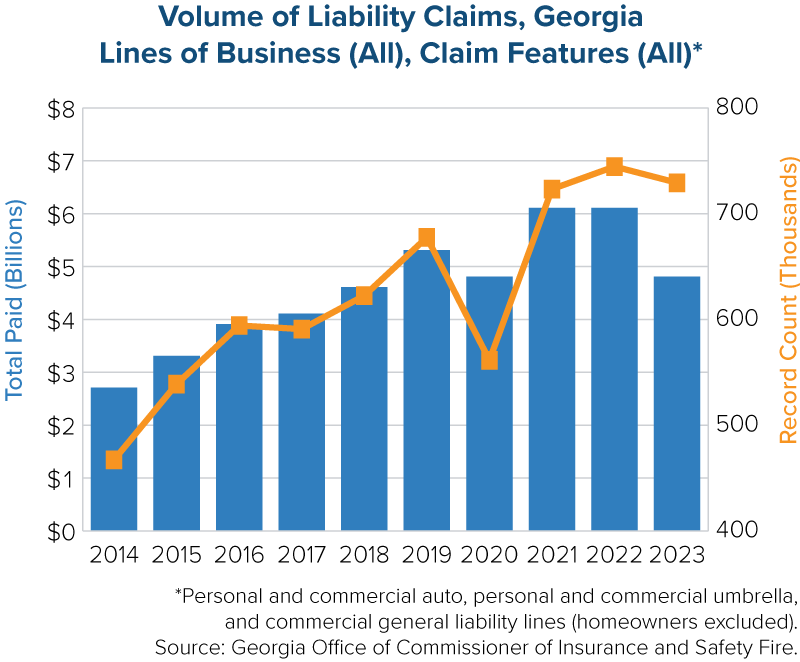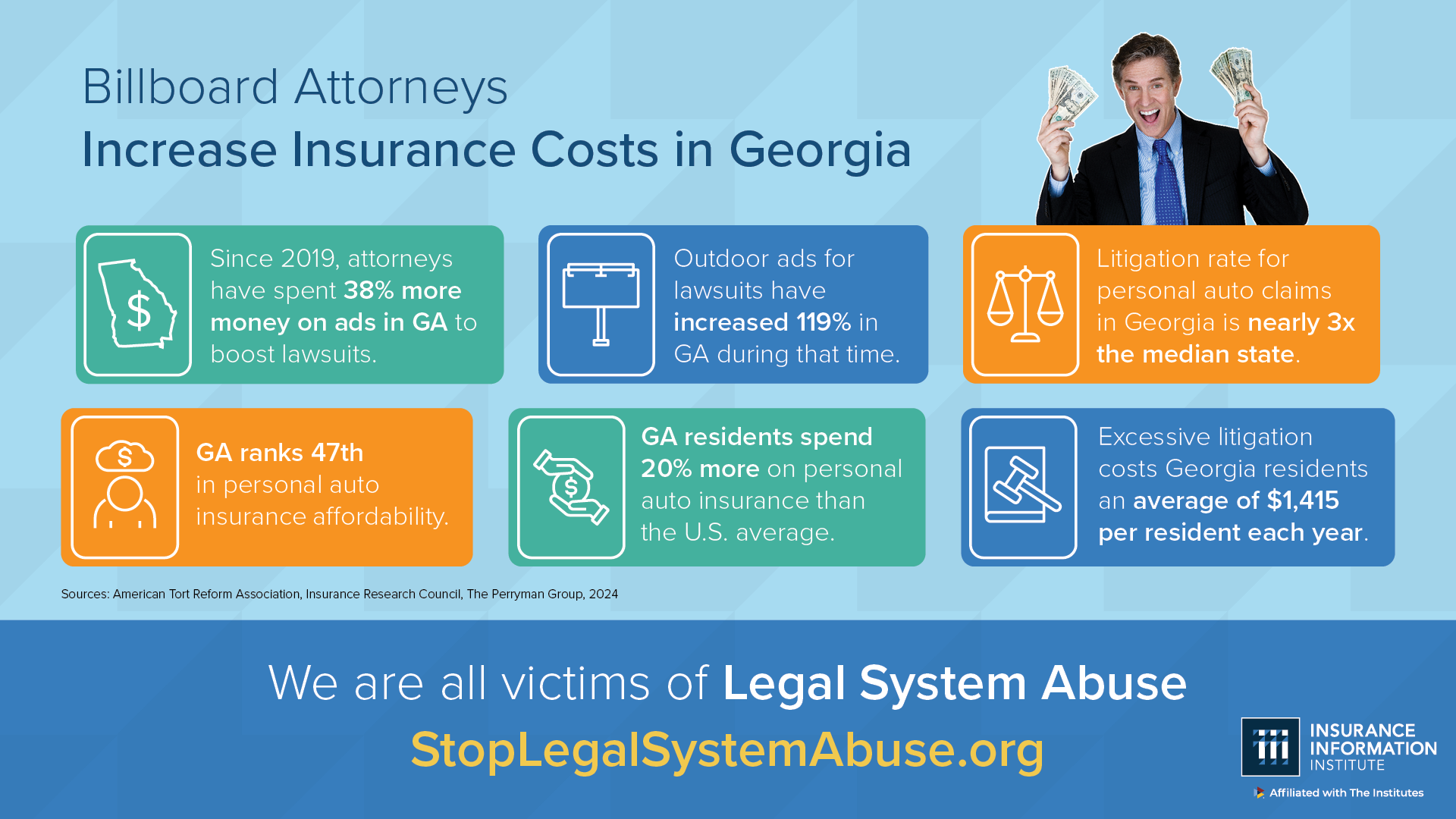
By Lewis Nibbelin, Research Writer, Triple-I
Severe convective storms cost insurers an estimated $46 billion in the first three quarters of 2025, Gallagher Re has reported, marking the third straight year of U.S. claims from these events through September exceeding $40 billion. Total losses from these storms – which include tornadoes, hail, straight-line winds, and drenching thunderstorms – reflect growing impacts from inland flooding and, in particular, the vulnerability of roofs to damage from these storms.
Approximately 70 to 90 percent of total insured residential catastrophic losses arise from roof-related damage, according to Insurance Institute for Business & Home Safety (IBHS) estimates. Though poorly maintained roofs contribute to this finding, outdated building codes exacerbate the risk, leading insurance industry leaders to advocate for widespread adoption of FORTIFIED roof standards.
Developed by IBHS, FORTIFIED standards can reduce severe weather damage in new or retrofitted homes through construction methods like sealing roof decks and anchoring roofs to wall framing using stronger nails. While such standards remain voluntary, Louisiana has modelled the proactive approach needed to facilitate adoption with the recent expansion of its Louisiana Fortify Homes Program, which began offering homeowners thousand-dollar grants to retrofit their houses along these guidelines in 2023, incentivizing roughly 40 percent of the now 10,000 FORTIFIED roofs in the state.
“FORTIFIED roofs are the long-term solution for affordable insurance in South Louisiana,” said state insurance commissioner Tim Temple, noting that his office aims to implement bigger and more standardized insurance discounts for FORTIFIED homeowners to reinforce the state’s already improved insurance rates.
An emerging trend
Though Louisiana became the “fastest-growing state” to adopt FORTIFIED standards, Alabama pioneered incentivizing them through its own Strengthen Alabama Homes program, financed by the insurance industry with more than $86 million in grants since 2016. Designed to enhance community resiliency while also lowering insurance rates, completed retrofits qualify residents for premium discounts ranging from 25 to 55 percent.
A May 2025 study from the Alabama Department of Insurance, in collaboration with the University of Alabama Center for Insurance Information and Research, showcases the program’s success, highlighting that FORTIFIED homes suffered less property damage and fewer insurance claims than homes built using other construction methods when Hurricane Sally made landfall in the state.
“The Center’s Hurricane Sally report doesn’t just quantify the effectiveness of the FORTIFIED program, it clearly demonstrates that homes can be built to survive storms, making them eminently more insurable,” said IBHS CEO Roy Wright. “This report should be a clarion call to communities across the country, urging them to implement Alabama’s multipronged approach to promoting disaster mitigation.”
Insurers answered the call in Oklahoma, North Carolina, and South Carolina, all of which boast similar programs backed by the insurance sector and accompanying premium reductions. Mississippi nearly joined their ranks before state funding for the grant program was suspended earlier this year, though insurance discounts remain available. States such as Florida, Georgia, and Minnesota also offer comprehensive insurance discounts for FORTIFIED properties, with the latter poised to fully replicate a grant program in response to mounting hailstorms.
Addressing cost concerns
While 75 percent of homeowners express willingness to invest in weather-resistant features, only 18 percent have reinforced or replaced their roofs with those materials, a recent Nationwide survey reveals. Grants help lower the cost of entry to FORTIFIED roofs for many homeowners, but it is worth noting the relative affordability of such upgrades, which can cost as little as $500 for a 2,000 sq. ft. home.
Describing the benefits of FORTIFIED standards as “measurable and increasingly essential,” Nationwide Property & Casualty president and COO Mark Berven emphasized the crucial role insurance agents play in raising consumer awareness of these risk reductions and their broad accessibility.
“Our industry needs to remind homeowners they have control in the face of severe weather events,” Berven wrote. “By investing in resilience, they can take an active role in protecting their homes, their valuables and their memories – giving them the peace of mind they’re looking for.”
Learn More:
Why Roof Resilience Matters More Than Ever
Study Touts Payoffs From Alabama Wind Resilience Program
Resilience Investment Payoffs Outpace Future Costs More Than 30 Times
Outdated Building Codes Exacerbate Climate Risk
FEMA Highlights Role of Modern Roofs in Preventing Hurricane Damage
Louisiana Senator Seeks Resumption of Resilience Investment Program







